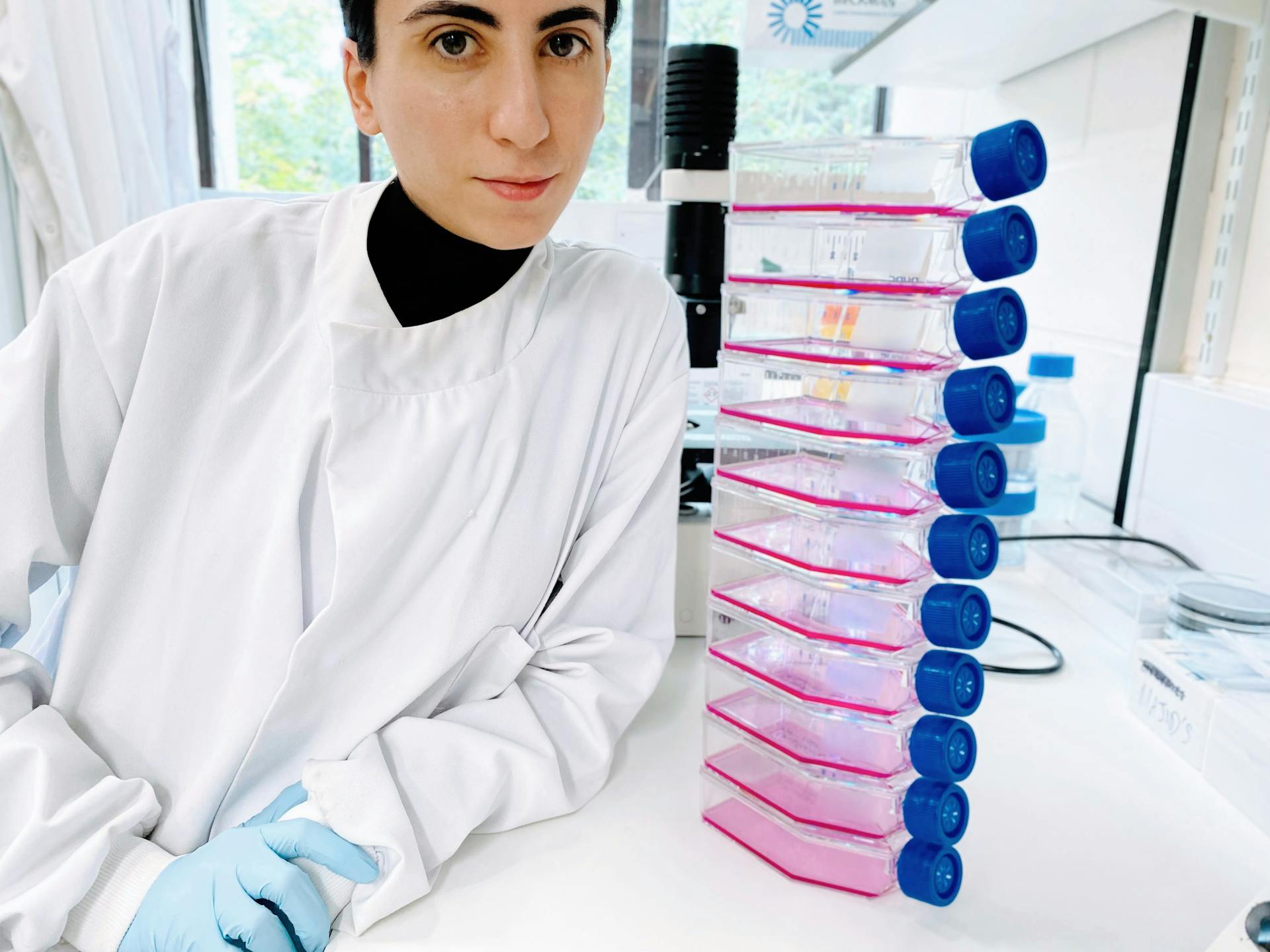✍️ Author: Dr Eleni Christoforidou
Home
A tower of cell culture flasks at the end of my experiment.
A Day in the Lab: Deciphering pH Levels with Colour
🕒 Approximate reading time: 2 minutes
Today's experiment in the lab involved brain cells that had been kept in cell culture flasks and nurtured in an incubator with a red solution known as the "culture medium". These flasks hosted millions of cells derived from multiple brains.

A key component of the culture medium is phenol red, a pH indicator. Phenol red assumes different colours based on the pH of the environment. The picture above shows the culture medium appearing pink, a result of the pH turning excessively alkaline. This occurred as the flasks were left outside the incubator for an extended period during the experiment. Being exposed to atmospheric gases resulted in this shift in pH, as it differed from the carefully regulated environment of the incubator. If, on the other hand, the pH had leaned towards acidity, perhaps due to cells producing a surplus of waste products, the solution would have transitioned to an orange shade, eventually turning yellow.
In this colourful experiment, we learned how we could visually gauge the health of cell cultures using a pH indicator. It's another testament to how visual cues in the lab can provide vital insights into the unseen biochemical processes.